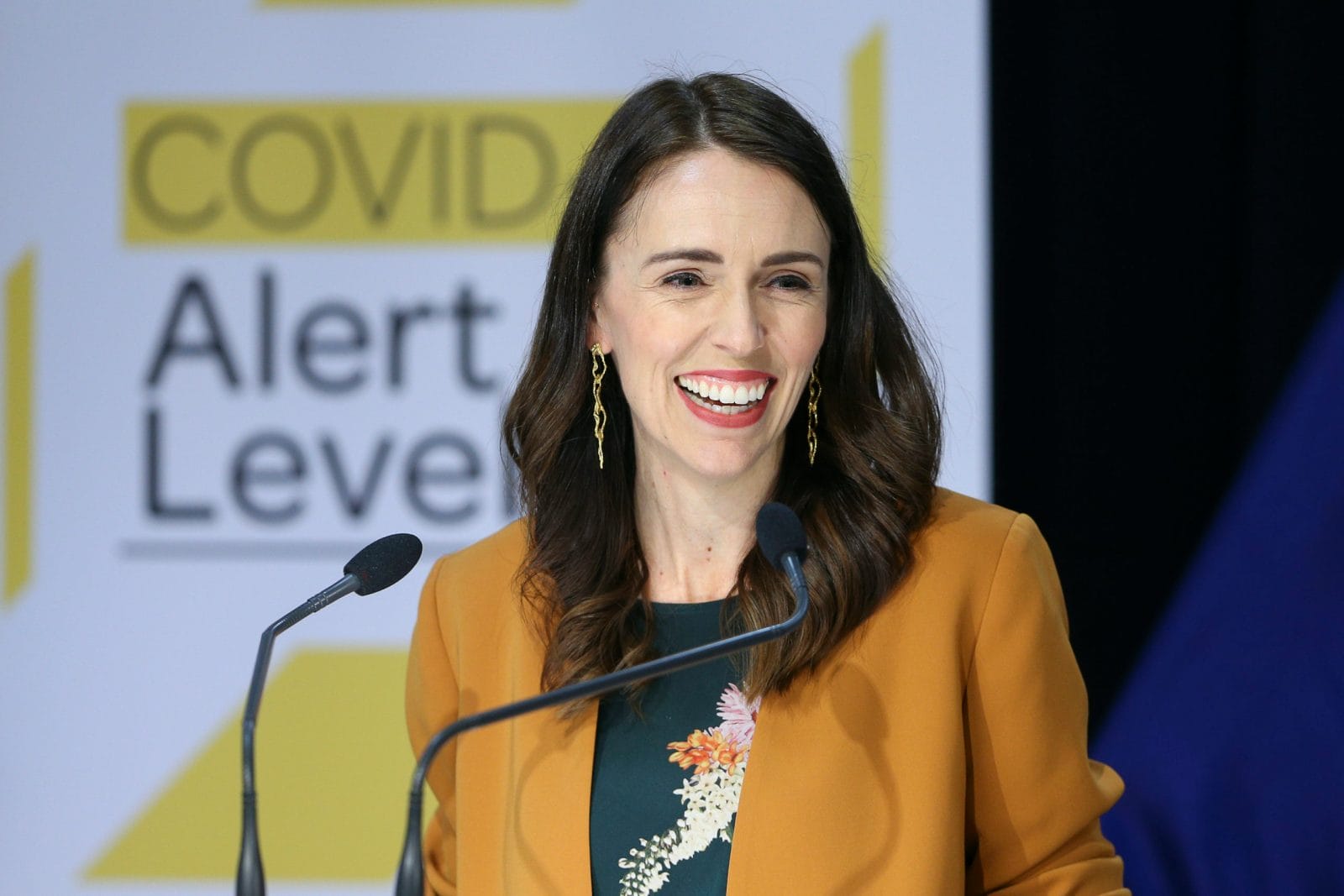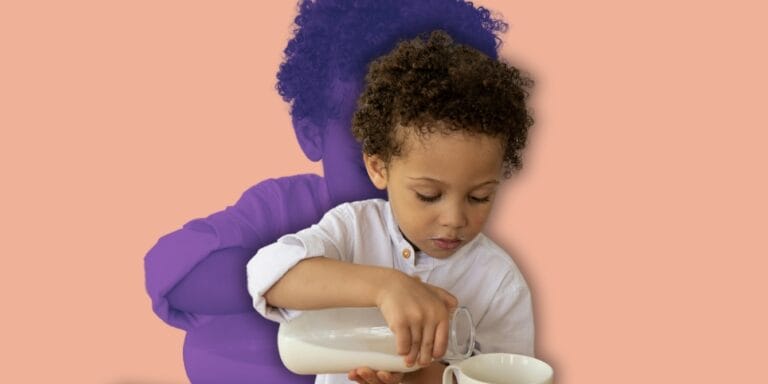New Zealand is COVID-free—what families can learn from their lessons

Kids were allowed back to school in New Zealand in late May.
As Americans watch the coronavirus continue to spread, one country is looking at COVID-19 in the rearview mirror. New Zealand announced this week that it’s now virus-free, after its last sick patient recovered. Even more impressive? New Zealand accomplished that feat while letting kids go back to school—something that still seems like a pipe dream for many U.S. families.
Since the outbreak began, the country has only reported a little over 1,500 positive cases and just 22 deaths—numbers that look more like the average single day in some U.S. cities right now.
Jumping into action early was the key: the entire country went into a tight lockdown at the end of March, closing schools, businesses and ordering people to stay home. After eight weeks of vigilance—with no major outbreaks and no real community spread—kids were allowed back to school in late May, according to the Independent. For families still feeling anxious about sending their students back to classes, the New Zealand Herald reported that the government even gave the okay for schools to work out a return schedule with hesitant moms and dads.
New Zealand’s prime minister Jacinda Ardern says despite what appears to be a massive success in fighting coronavirus, the country won’t let its guard down. “Elimination is not a point in time, it is a sustained effort,” she said according to CBS News. “We will almost certainly see cases here again, and that is not a sign that we have failed, it is a reality of this virus. But if and when that occurs we have to make sure, and we are, that we are prepared.”
For families in other countries, like the United States, there is a lesson here: By listening to scientifically trained experts and taking proactive measures New Zealand was able to keep its population safe. We can make our households safer by following the recommendations of health officials and scientists, as New Zealand’s Prime Minister did. Her nation’s success in fighting COVID-19 also highlights how effective women leaders can be, something to keep in mind when choosing lawmakers stateside.
In the U.S., whether kids will be able to return to school on time is still very much an open question. In less populous states, The CUT noted that some schools are getting ready to hold in-person summer sessions. In areas where cases are still rising, however, educators are looking at a wide variety of scenarios, from full-time remote learning to small, socially-distanced and part-time in-person classes.
For children who’ve spent the last few weeks missing their friends (and parents who are tired of trying to play teacher), New Zealand’s situation might be jealousy-inducing. While its size and population may mean that what it accomplished couldn’t really have happened here—it’s hard not to wonder what a strong, unified approach to battling coronavirus could have done for the U.S.


































